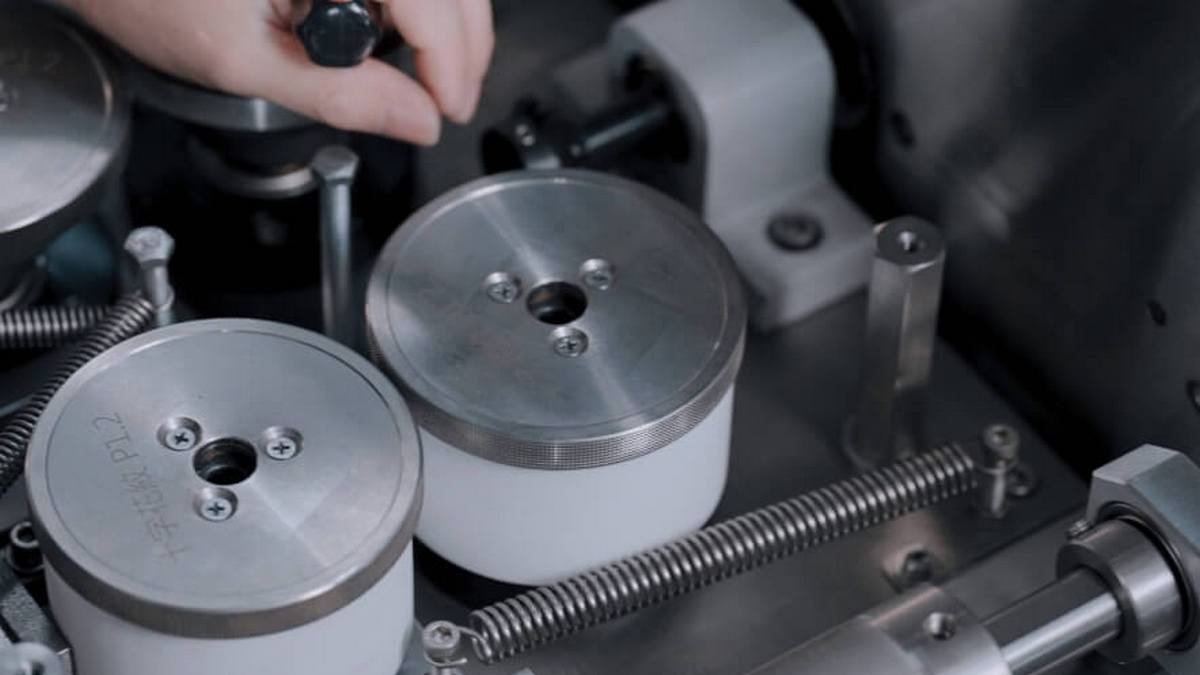The vision of the Internet of Things is to make everyone's life better, safer, and more convenient. To achieve this goal, we must first increase the speed of data processing, generate real-time intelligence, and allow IoT data to make informed decisions in seconds.
The Internet of Things generates a large amount of data every day, and the amount of data generated every day in the world will reach 463EB. In many cases, IoT information is mostly transmitted in raw form, stored in data pools in cloud data centers, and then processed. But processing data in the cloud isn't fast enough for instant applications. AI training is teaching the system to perform prescribed tasks, and inference is the ability of AI to apply what it has learned to a specific task. The difference between the two is like someone who has learned to become an expert over many years and then uses the learned ability to do it on a case-by-case basis in real-time, to make a smart decision.
Digital transformation brings new opportunities and challenges to enterprise development. Companies around the world are actively investing in expanding AI infrastructure or investing in R&D-related technologies. AI is driving the progress of various industrial technologies.
When AI has changed from hypothetical future technology to a key business strategy asset, and competitors are rushing to invest in the introduction and development of related technologies, how to stay at the forefront of trends and gain insight into the next step in the market will become a thorny problem. According to the survey, most people believe that AI can help their companies transform. It is obvious that for many leaders, the introduction of AI technology is an inevitable process that triggers business growth. Enterprises should first convert data into smart data, and the speed of processing data is the key to the future development of AI.
In the digital age, intelligent data is an important asset of various industries, and data has become the basic source for promoting AI. At present, many industries that want to develop AI technology still focus on training and inference operations. It is easy to ignore that optimized software and hardware technology is a very important basis for processing a large amount of intelligent data. Only a mature and easy-to-operate platform can assist. Only in this way can the analysis and processing of large amounts of data be effectively accelerated under the AI generation. If you want to practice AI technology and applications on a large scale, you must build a simple infrastructure and ensure. This architecture is strong enough to support the operation of the entire organization, providing optimized, easy-to-use, and powerful solutions for enterprises and government organizations. It no longer takes weeks or months as it used to. When equipment manufacturers can provide a good AI application system architecture to eliminate the complexity that hinders the large-scale deployment of enterprises, it can help various industries to quickly transform and grasp the opportunities for the future development of AI. We also foresee that adopting a suitable software and hardware integration platform to facilitate the speed of data processing will be the key to winning the industry ahead of its peers in the AI era in the future.
Data Processing Technology:
The huge data volume and the existence of a considerable proportion of semi-structured and unstructured data in the big data era have surpassed the management capabilities of traditional databases. Big data technology will be a new generation of technology and architecture in the IT field. To help people store and manage big data and extract value from large-scale and highly complex data, related technologies and products will continue to emerge, which will likely open a new era for the IT industry.
The essence of big data is also data, and its key technologies include the storage and management of big data and the retrieval and use of big data. Emerging data mining, data storage, data processing, and analysis technologies will continue to emerge, making it easier, cheaper, and faster for us. To process massive amounts of data, become a good assistant for business operations, and even change the way many industries operate.
Cloud computing and its technologies give people the ability to obtain massive computing and storage cheaply, and the distributed architecture of cloud computing can well support large data storage and processing needs. Such low-cost hardware + low-cost software + low-cost operation and maintenance are more economical and practical, making it possible to process and utilize large data.
The Cloud Database Must Meet the Following Conditions:
- Mass data processing:For large-scale applications such as search engines and telecom operator-level business analysis systems, it needs to be able to process petabyte-level data and handle millions of traffic at the same time.
- Large-scale cluster management:Decentralized applications are simpler to deploy, apply, and manage.
- Low latency read and write speed:Fast response speed can greatly improve user satisfaction.
- Construction and operating costs:The basic requirement of cloud computing applications is to greatly reduce hardware costs, software costs, and labor costs.
Data Processing Mechanism:
Batch data processing and real-time data processing have their respective application fields. Enterprises should carefully evaluate their business needs and cost considerations so that these two mechanisms can be effectively used in the context of different data.
- Mechanism of batch data processing:
Batch processing of large amounts of data can be divided into three main stages.
- Stage 1: A large amount of data will be directly written to the hard disks of multiple machines in parallel to prepare for subsequent processing. This is the first hard disk write.
- Stage 2: In the data processing stage, the user must submit the computing task in advance through the system scheduling, and wait for a specific scheduling time. When the scheduling is temporary, the system will load the data from the storage device into the memory and send it to the processor operation, and the result of the processor's operation is written back to the database.
- Stage 3: Wait until the user wants to call the data, and then read the data from the hard disk.
From entering the system to being called out by the user, the data has undergone a total of 2 hard disk read and write processes, so the speed will be relatively slow. The advantage of batch data processing is that it can purchase hard disks at a low price, and achieve rapid temporary storage of large amounts of data in a parallel way. If a power outage occurs, it will not affect the correctness of the data.
- Mechanism of real-time data processing:
Use In-Memory technology with a structured database to process real-time structured data. First, in the data collection stage, the data is directly written to the memory instead of the hard disk. Next, the user can write the code in the co-processor, and decide in advance where the specified operation is performed at this timing. At regular intervals, the less commonly used cache data in the memory will be regularly written to the local hard disk, while the commonly used data will be triggered by appropriate conditions at any time and quickly sent to the processor for calculation. The result of the operation can be called directly from the processor.
In the data processing stage, the data flow can be divided into two parts. Commonly used data will be cached in the memory, and whenever an event is triggered, it will be immediately moved to the processor for operation. The less frequently used data in the memory is periodically written to the hard disk to free up more memory to store frequently used data. Because the action of writing to the hard disk is to periodically determine whether there are commonly used data, in addition, the entire process does not perform hard disk I/O access, so it can respond to real-time data calls at a fast speed to deal with.
However, compared with batch data processing, all the front-end data is directly written into the memory first. Therefore, to process a huge amount of data, a large amount of memory must be built to correspond. Compared with batch data The cost of processing front-end data on hard drives will be higher unless a portion of data that is not immediately required is moved to hard drives for storage. In addition, in the design of the In-Memory architecture, since data is only written to the hard disk periodically, once the system is powered off, the data that has not entered the hard disk will disappear, resulting in irreversible consequences.
Google's Dremel technology, which can analyze a large amount of data in 1PB within 3 seconds, also includes In-Memory technology and uses many parallel operations to achieve real-time processing of large amounts of data. In addition, Dremel also uses In-Memory technology and the flexible design of the database algorithm to achieve the effect of incremental updates.







.jpg)






